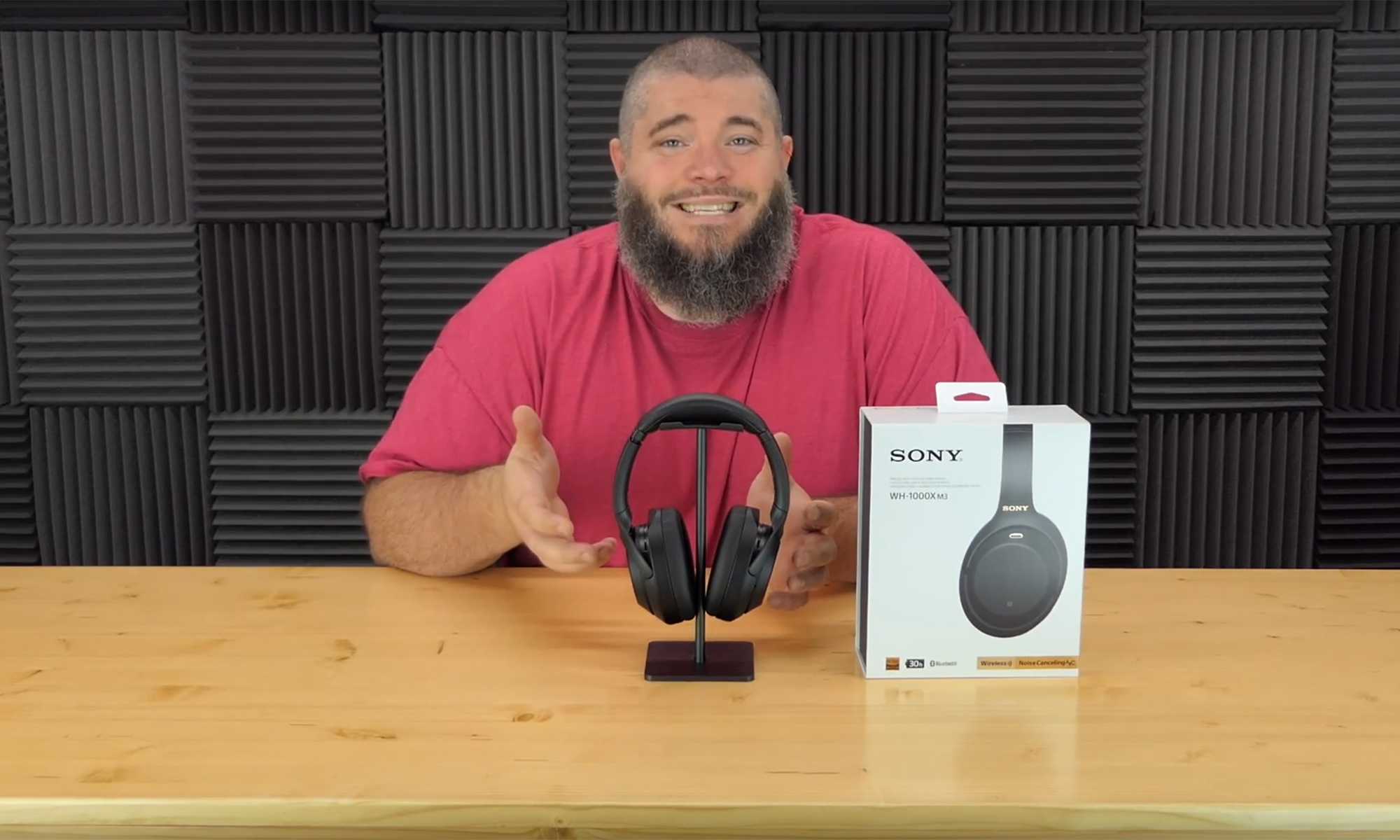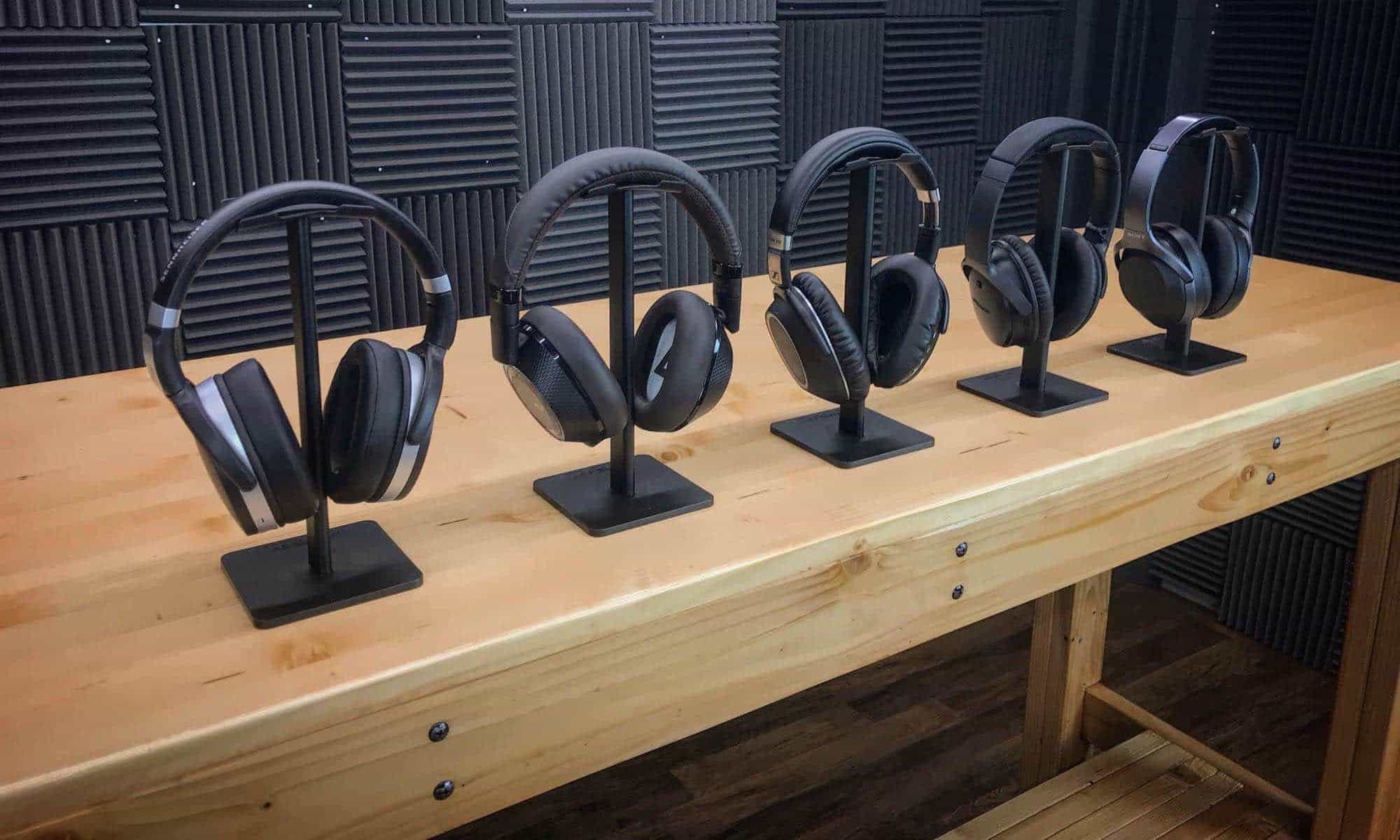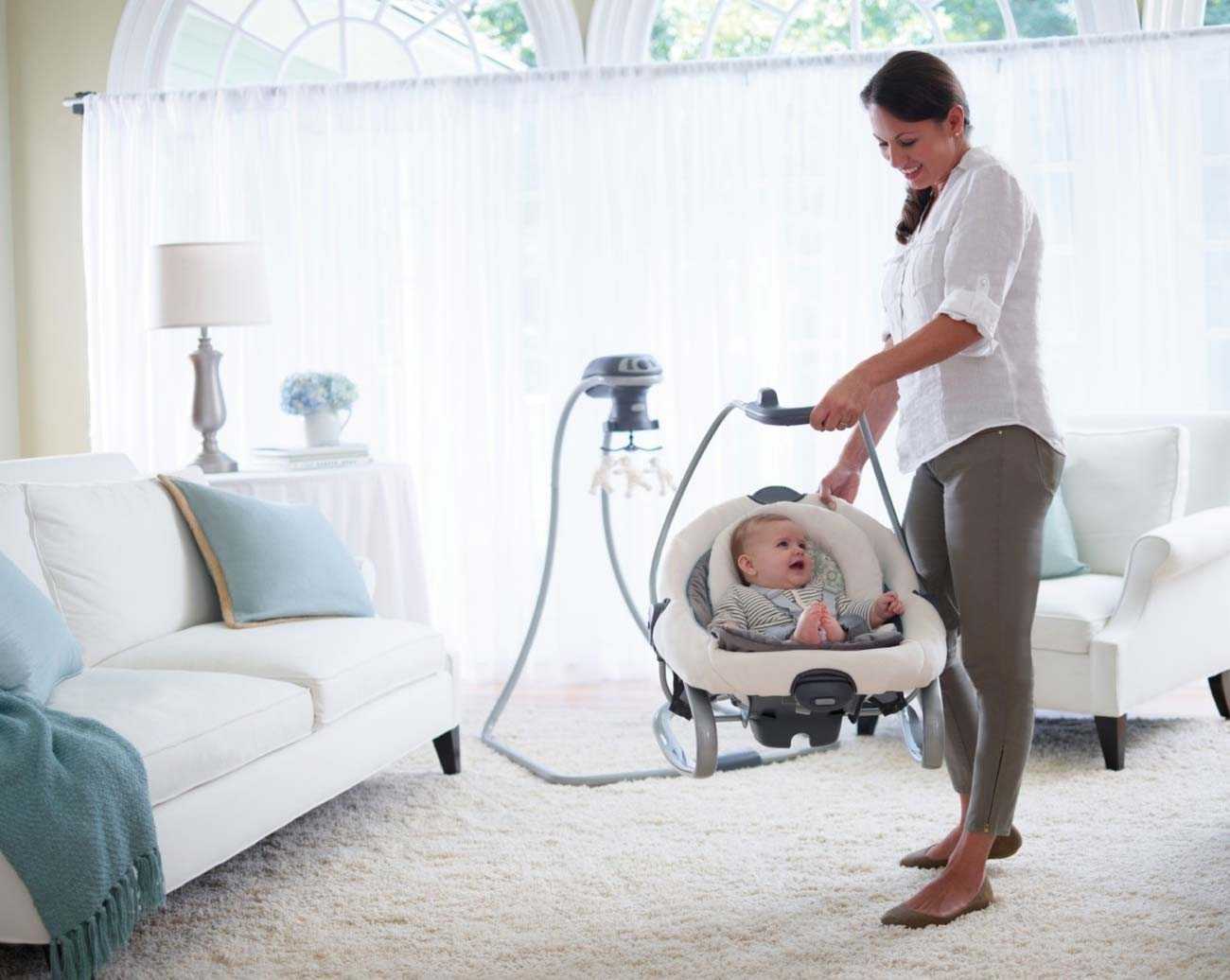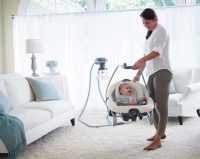Best Water Bottle for Leach-Free Drinking – Updated 2017
I don’t necessarily look like the kind of guy who would review water bottles, but I have a very good reason for my obsession: I live in Colorado. I’ll explain why my location plays an important role in this best water bottle recommendation shortly. I just want to stress why it’s important I make the best recommendation possible. That’s why I’m taking a few paragraphs to explain the ridiculously long process and requirements we created for this review. If you don’t care about the background, just skip down to the first product image. If you’re not sure why I chose that as the best bottle, come back up here and read this information. It’s long, but it’s worth the read.
In Colorado, we always tell visitors to drink lots of water. Our higher altitudes necessitate higher water intake to avoid dehydration. Generally, the higher you go, the lower the humidity. Lower humidity means the water in your body evaporates at a higher rate. Lower oxygen levels also play a part in dehydration. Your body has to do more work to breathe up here, and that requires more water. Visitors often ask me about headaches and soreness while they’re at altitude. I always give them the same answer: drink more water.
Drinking lots of water is great for your body; most people don’t drink enough. The recommended intake is about 100 oz (approximately 3 liters) a day. At altitude, you should drink even more than that. Knowing you’re dehydrated is difficult before it’s too late. When in doubt, drink more water. If you think you’re drinking enough water but are still having headaches and soreness, take a look at your urine. No, it’s not the most glamorous thing to do, but if you see yellow or anything darker, you’re still dehydrated. Ideally, very light yellow or clear liquid means you’re drinking enough water. To get there, you need lots of water. Instead of buying hundreds of single-serve water bottles each year, I highly recommend a reusable water bottle. We’re doing this best water bottle recommendation for many reasons; one of them is to cut down the use of plastic water bottles. Sure, they’re recyclable, but they still end up in landfills and they’re not good for you.
When I first started researching our best water bottle recommendation, I decided to find the most common complaints people had with water bottles. The first obvious issue is the use of plastics. It’s impossible to ignore the negative effects of plastic at this point. After the great BPA scare of 2008, no one really trusts plastic, especially for warm drinks. The fear is that chemicals from the plastic will leach into the liquid. Previously, that was absolutely true. At this point, most bottle manufacturers use a new material called Tritan. However, we chose to exclude all plastic bottles from consideration because of the ongoing debate about Tritan.
The second material we had to exclude was aluminum. We heard many people rave about SIGG’s aluminum water bottles, but they wouldn’t disclose the chemical makeup of the internal lining. They claimed it was “proprietary.” How could we recommend something they wouldn’t discuss? We had to approach Liberty Bottleworks from the same perspective as we couldn’t find any specific bottle data on their website. Most aluminum bottles have liners, but without knowing the exact chemical makeup of each liner, we can’t recommend any of them. Even if the bottle didn’t have a liner, the aluminum itself could leach. I’m not excited about aluminum entering my bloodstream, so I’ll pass.
That leaves us with glass and stainless steel. Most people consider both materials very safe, but some people would still only choose glass. Those people typically say stainless steel adds a metallic taste to the bottle. We couldn’t notice any difference in the taste of our filtered water even after letting it sit in both materials overnight. Instead of only offering a glass water bottle, we’re going to offer a few best water bottle choices for both materials.
Now that we’ve settled on the materials for the recommendation, let’s talk about the overall requirements for a good water bottle. We’ve looked at hundreds of water bottles. Most of them vary greatly in features. Some features made more sense than others did, so we created a meticulous list to help us eliminate competition:
- 24 oz. capacity (or more) — that’s about 700ml for the metric crowd. Since we believe in drinking a lot of water, we wanted something we could fill up four times a day and stay perfectly hydrated. Anything smaller would require more trips to the water dispenser.
- No leaks — this requirement is just as important as the size. No one wants a leaky water bottle. Even some of the “leak-proof” bottles leaked on us, so it was important to test this thoroughly.
- Insulated — this pretty much leaves us with stainless steel as the best option. Glass bottles don’t have insulation. Some of the silicon sleeves act as insulators, but the bottle can still sweat. We hate sweaty bottles, so insulation is important to us.
- Small diameter — Anything less than 3-inches will fit in most cup holders. Honestly, if someone makes a cup holder smaller than 3-inches, they’re crazy. Even still, we eliminated many bottles because they didn’t meet our 3-inch diameter requirement.
- No plastic — the bottle itself shouldn’t be made of plastic or have a plastic straw. It’s almost impossible to avoid plastic entirely. Our main picks still have some plastic, but it’s minimal and free of BPA, phthalates, and leach-prone liners.
- Silicone straw, if any — even some of the most popular water bottles use plastic straws. We’re avoiding them entirely because, unlike the lids, the straws sit in the water all day and could potentially leach. Food-grade silicone straws, however, are awesome.
- Good durability — if we can’t accidentally drop the water bottle without it breaking, we won’t recommend it. This becomes more complicated with glass bottles, but we found a few options that should work well if you’re careful with them.
- Easy to open — this was actually very important for us. If we couldn’t open the bottle with one hand, we didn’t consider it for our main pick.
- Affordable without being cheap — we only considered water bottles that cost less than $30 while still using quality materials. We also made sure our main pick had individually-available parts. If you break something, you shouldn’t have to replace the whole bottle.
- Comfortable mouthpiece — we actually eliminated many options because the mouthpiece was square plastic. That’s not comfortable enough for regular use.
- Clip or handle — being able to attach your water bottle to a backpack or bag is very important. Most bottle nerds have carabiners attached to their favorite bottles. Not having a place for a carabiner is a no-go for our top spot.
- Easy to clean — water bottles with mechanical openings are great, but if you can’t clean them, you shouldn’t buy them. Regular cleaning is important for the integrity of your water bottle. We’re cool with using a bottle brush as long as we can properly clean all the necessary pieces.
That’s our list. Believe it or not, we only found a single bottle that fits all those requirements. If we dropped a few requirements, we’d have more options, but we wouldn’t consider any of those the best water bottle on the market. Insulation, diameter, and capacity were the three most difficult requirements to fulfill. Then easy-open and leak-proof seemed unattainable. For months, it seemed like we wouldn’t be able to find something that met every requirement. Yes, we actually spent months researching water bottles (over 75 hours went into this recommendation). We eventually stumbled across our best water bottle pick in an ultra-specific online search. Surprisingly, after looking through that company’s product list, they ended up winning two of our bottle recommendations. That’s enough background. Let’s get to the bottles!
Best water bottle for leach-free drinking
The only water bottle that met our best water bottle requirements was the Eco Vessel Summit Triple Insulated Stainless Steel water bottle. We’ve been using this bottle for weeks now and finally feel like we can finish this recommendation. We tried plenty of good water bottles, but we consider this the best water bottle on the market for a number of reasons. It actually meets and exceeds our listed requirements. None of the other bottles we tested had “triple insulation” like this one. Instead of the typical 24-hour rating, the Summit boasts a 36-hour rating for cold drinks. We’ve seen people say they tested it, but we were too busy drinking water to let this sit for 36 hours. It also meets our leak-proof requirement just fine. When the drinking valve is in the closed position, we couldn’t get it to leak in any of our testing. Obviously, if the drinking valve is open, water will pass through it. The same goes for every other water bottle out there; be mindful of your bottle, and you’ll be fine.
We also love this bottle because it has a silicone straw. As far as the drinking experience is concerned, we had to choose a straw bottle for our main pick. As long as you clean it regularly, we prefer the ease of using a straw to the no-straw options. For years now, we’ve been using the Camelbak eddy. We were disappointed to learn they didn’t have a bottle that could meet our requirements. In fact, none of their bottles even came close. They do sell an insulated stainless steel eddy, but the capacity is too small, it still has a plastic straw, and its diameter is way too big. Honestly, we’d love to see Eco Vessel team up with Camelbak at some point. We still prefer Camelbak’s bite valve to the Eco Vessel mouthpiece, but that’s about it. If Eco Vessel could improve the flow rate with a wider straw and mouthpiece, we’d be even happier.
A quick note on straws: no manufacturer recommends using hot liquids in straw bottles. Sure, they can keep liquid hot as well as cold, but you will burn the bejebus out of your tongue if you try. So, don’t do it! If you want something that does hot and cold, you should look at our no-straw options below.
The durability of our best water bottle pick is good for stainless steel. Eco Vessel uses the industry-standard 18/8 stainless steel for its Summit bottle. They didn’t skimp on materials here. We took a full water bottle and dropped it from head height (6 feet) onto the bottom edge of the bottle. It ended up with a small dent, but we were able to lightly hammer it back into shape. That’s a perfectly acceptable amount of damage for us. We’d consider that an extreme scenario; it’s rare for our bottle to be completely full like it was in our drop test.
I do need to add a note about the generational difference in the Eco Vessel bottles. The company made great changes to their bottles based on customer feedback. The older style of the Summit occasionally cracked and wouldn’t fit into most cup holders. They revamped the bottle and added a silicone straw in the most recent version. Thankfully! We couldn’t have made them our top pick without those changes. Most of the negative reviews for this bottle are from the previous design. We verified that Amazon isn’t stocking the old design any more, so you should be safe to buy it there. If you have any reservations, you can always buy it direct from their website.
Best water bottle – stainless steel, no straw
We realize not everyone wants a straw. Here’s our best water bottle recommendation made from insulated stainless steel without a straw. This pick was originally a tossup. We were never happy about any of the no-straw options. Thanks to a new cap from Eco Vessel, we’ve update this pick for 2017. Ultimately, we’re now recommending the Eco Vessel Perk. It’s easy-open, lockable, and relatively spill proof. Most manufacturers are afraid to use that terminology at this point, because someone will always find a way to make it spill. It also comes with a removable ice, fruit, or tea strainer. The best feature of this new cap is that it fits onto all Eco Vessel bottles. So you can add it to the 24oz bottle above or even their glass bottle below for more liquid containing options.
If you don’t need the easy-open lid, we also like another Eco Vessel bottle. The Boulder has the same triple insulation we see in our best water bottle recommendation. It also comes with a removable ice, fruit, or tea strainer.
Best water bottle made from glass
We also know that not everyone wants stainless steel. If you want glass without a straw, check out the next recommendation. This category almost ended up as a tossup between the LifeFactory Glass Bottle with Straw Cap and the Eco Vessel Surf Sport. Ultimately, we chose the Surf Sport as the best glass water bottle with a straw because it was easier to open with one hand. Both bottles are 22 oz. We couldn’t find anything larger that still fulfilled our diameter requirements. Like our main pick, both bottles have a silicone straw. We determined that the flow rate of the LifeFactory bottle was slightly better than the Eco Vessel. If you want a faster flow rate, you might like the LifeFactory just a smidgen more… but it wasn’t a big deal for us.
Why didn’t we choose this as our main pick? It ultimately comes down to insulation. The glass bottle, even with the silicone sleeve, doesn’t keep water cold for a long enough time to call it the best. In fact, no glass bottle does that. We found a few “vacuum insulated” glass bottles in our research, but none of them worked. They didn’t make a noticeable difference compared to normal glass. We also can’t make this our main pick because it’s breakable. Yes, glass will break. If you don’t take care of this, it won’t last you a week. If you’re prone to dropping your water bottles, you don’t want a glass bottle.
Best water bottle – glass, no straw
Lastly, we have another set of recommendations for a glass bottle without a straw. Our 2017 update for this is a combination of the Surf and the Perk bottles from Eco Vessel (listed above). The lid from the Perk fits perfectly on the surf; combining those two bottles give you the best glass bottle and the best no-straw top we’ve seen. We’re still leaving our old recommendations here as alternatives. We wanted to recommend the Zulu Atlas Glass Bottle, but it’s not available online unless you want to pay double the price. If you’re making a trip to Target, check it out. Otherwise, we’re recommending the Ello Elsie. The Elsie is actually 2 ounces bigger than the Zulu Atlas and closer to our required 24 oz. capacity. At 22 ounces, it was one of the larger glass bottles we tested. Ello also makes the Syndicate, but it’s smaller and harder to open than the Elsie.
If you don’t need an easy-open glass bottle, we’d recommend the LifeFactory 22 oz. bottle with the Classic Cap. It’s the same bottle as our runner-up for the glass bottle with straw; it just has a cap that you remove for every drink. It’s not terribly convenient, but it’s a great bottle otherwise.
Best water bottle with zero plastic
Very few bottles have zero plastic, but we found a few of them. None of them met enough of our requirements to consider them a winner in any of our categories. In our list below, check out these bottles in our list below: Apaviata and Contigo Purity. Hydro Flask makes a stainless steel cap for their 21 oz standard mouth bottle. Klean Kanteen has a similar cap style, but it doesn’t fit their insulated bottle. If we had to choose one of these options, we’d forego the easy-open option and buy the 21 oz Hydro Flask Insulated Stainless Steel Water Bottle. Make sure you get the Stainless Steel Cap too. Unfortunately, it gets mixed reviews. If you don’t mind a little leach-free plastic, we like our winners more than these bottles.
Stuff we eliminated
All the bottles below had something going for them, but not enough for us to win any of our categories. We’re listing the stainless steel first, glass second. The order of this list does not represent our desire for the product. Eventually, we hope to toss this into a nice chart for you. Until then, this will have to do. If our winners somehow don’t satisfy your thirst, check these out. You might find something you want. As with every recommendation, our best water bottle pick is always up for debate. If we find something better, we’ll update this page with new information. If you think we should’ve reviewed something not listed on this page, please let us know in the comments. We’re happy to consider all recommendations.
Stainless Steel Bottles
- Mira 25 oz – not easy-open, otherwise seems like a great bottle.
- Thermos Vacuum Insulated 24 Ounce Stainless Steel Hydration Bottle – Our previously no-straw pick. Replaced by the Eco Vessel Perk.
- Hydracentials 25 oz – cheap plastic lid, plastic straw, not sure why it’s well-reviewed on Amazon. We aren’t impressed.
- Hydro Flask 24 oz – not easy-open, otherwise seems like a great bottle. They make other bottles with alternate lid options, but none of the lids get good reviews.
- Kleen Kanteen 20 oz – not easy-open, too small, not leak-proof. This is their only insulated option, so we couldn’t recommend anything they make.
- Contigo Autospout 20 oz – too small, plastic straw. They also make an Autoseal bottle that isn’t leak-proof – the button doesn’t have a locking mechanism.
- Thermos 22 oz – too small, diameter is too large.
- Thermos 24 oz silicon spout – diameter is too large, not leak-proof.
- Thermos 17 oz – too small, not leak-proof, currently under Amazon review.
- Thermos Stainless King 24oz – diameter is too large, opening mechanism uses a rubber band that wears out over time.
- Nalgene 32 oz – diameter is too large, not insulated. We’d recommend a Hydro Flask over this option.
- Pakgaroo 22 oz – too small, not leak-proof, could easily open in a bag.
- Chillwarmer Hydromate 25 oz – has a push top lid, like a bicycle bottle. We don’t like that style, but it may be a good choice for others.
- Miir 23 oz – not easy-open, otherwise it seems like a good bottle.
- Zojirushi 20oz – too small. If 20 oz is enough, this would be a great choice.
- Goodlife Traveler 24 oz – not easy-open, diameter is too large, looks like a bad Mira knock-off.
Glass Bottles
- LifeFactory Flip Cap 22 oz – definitely not leak-proof. We suggested two other cap styles that work better.
- bkr 16 oz – not easy-open, too small, very expensive.
- Exhilarate 20 oz – too small and a plastic straw.
- Camelbak eddy 24 oz – plastic straw, difficult to clean.
- BromVital 20 oz – not easy-open, too small, terrible at photoshop (look at the pictures).
- Glasstic 16 oz – too small, otherwise it seems like a good bottle.
- Takeya 22 oz – not easy-open, otherwise it seems like a good bottle.
- Contigo Purity 20 oz – not easy-open, too small, one of the only bottles without any plastic at all.
- Jug 19 oz – not easy-open, too small.
- Apaviata 18.5 oz – not easy-open, too small, another bottle without any plastic.
- Fresh Taste 22 oz – cheap plastic top, otherwise it seems like a good bottle.
- Aquasana 18 oz – not easy-open, too small, but still worth mentioning as a bulk purchase option.
- Xtremeglas 32 oz – not easy open, potential manufacturer defect in the glass, do not buy.
- Pure Safe Shell 20 oz – not easy open, shatter-proof coating, but gets sticky over time.
We occasionally earn money from product links we share on this website, currently Amazon Affiliates. When you click an affiliate link, your views and potential purchases help sustain us financially. Thank you!








